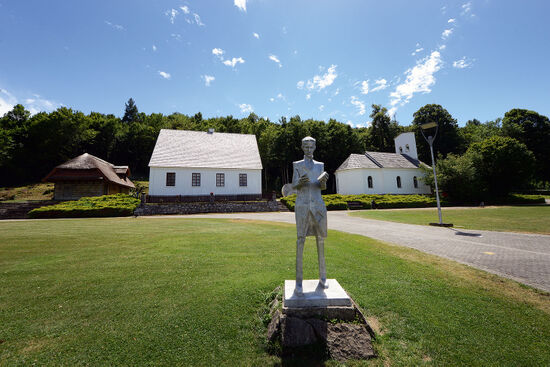We follow the rutted road which twists and dips through the rough Velebit terrain. This was probably the route taken by Milutin, his wife and their three children as they travelled south from Senj to the Lika region in 1855.
Our destination is the same as that of Milutin and his family. There is a little stream which runs through orchards and meadows. It is called the Vagančica, and on its right bank there are two handsome small churches. The first, on flat land overlooked by the forested ridge called Krčmar, is dedicated to Our Lady of Mount Carmel. It is at this church where the faithful of the scattered hamlets come each Sunday for Holy Mass.
But Milutin was bound for the second church, a little downstream from the Catholic one. And so are we.
Milutin had served as a Serbian Orthodox priest for seven years in Senj on Croatia’s Dalmatian coast and now he was being rewarded for his dedication and well-crafted homilies with a parochial posting back in the rural region where he had lived as a lad and where his father Nikola was enjoying a quiet retirement.


